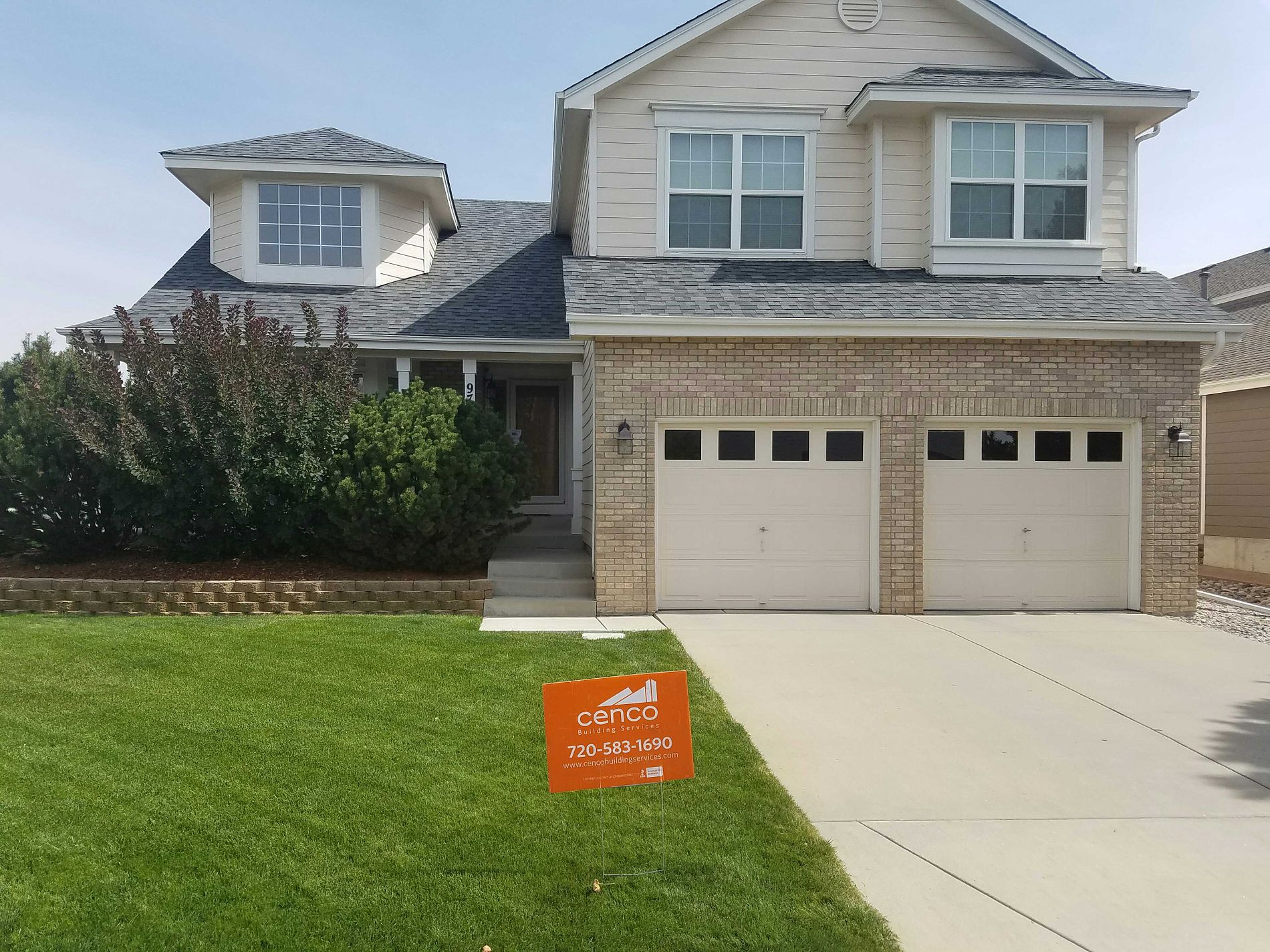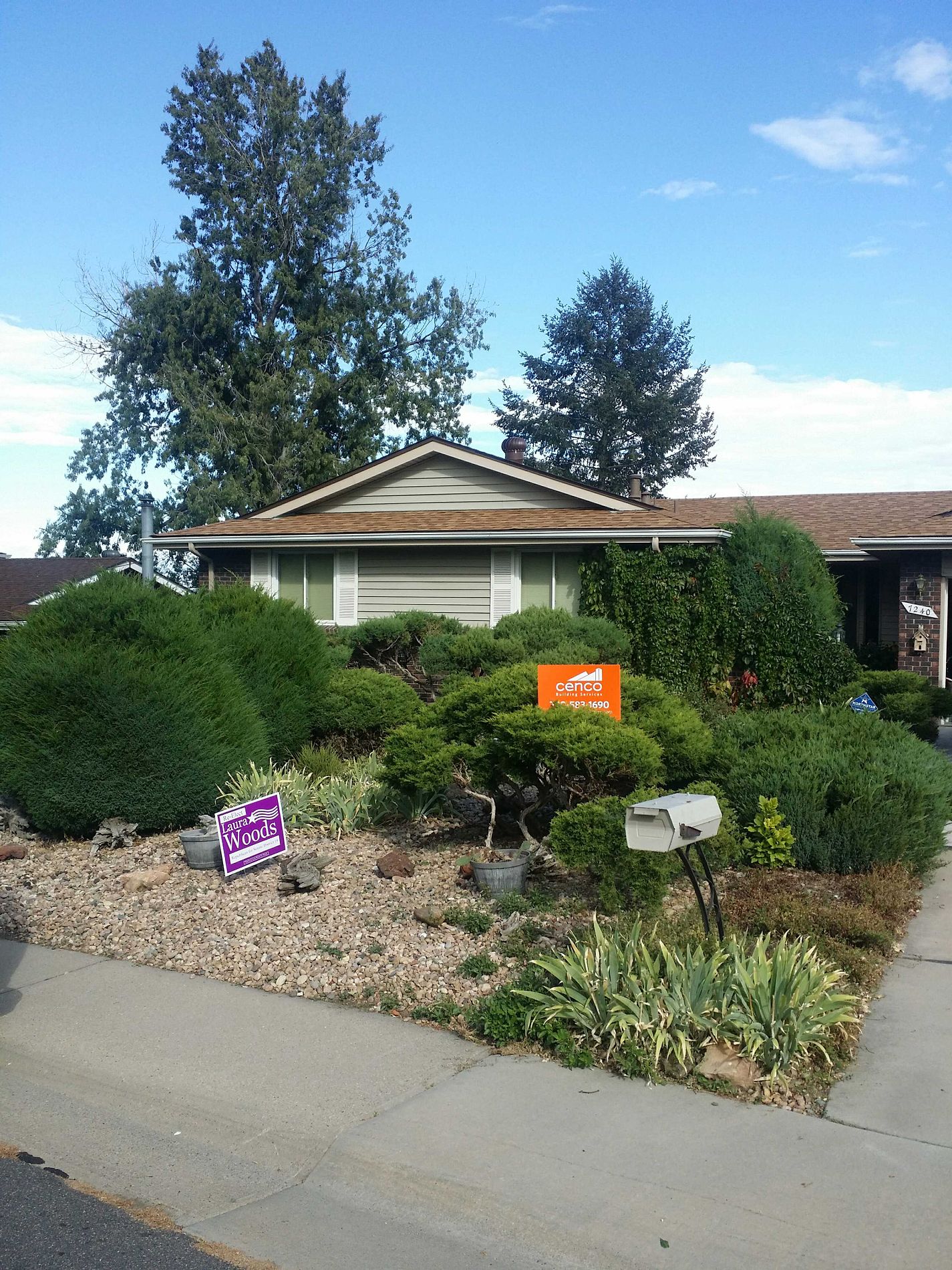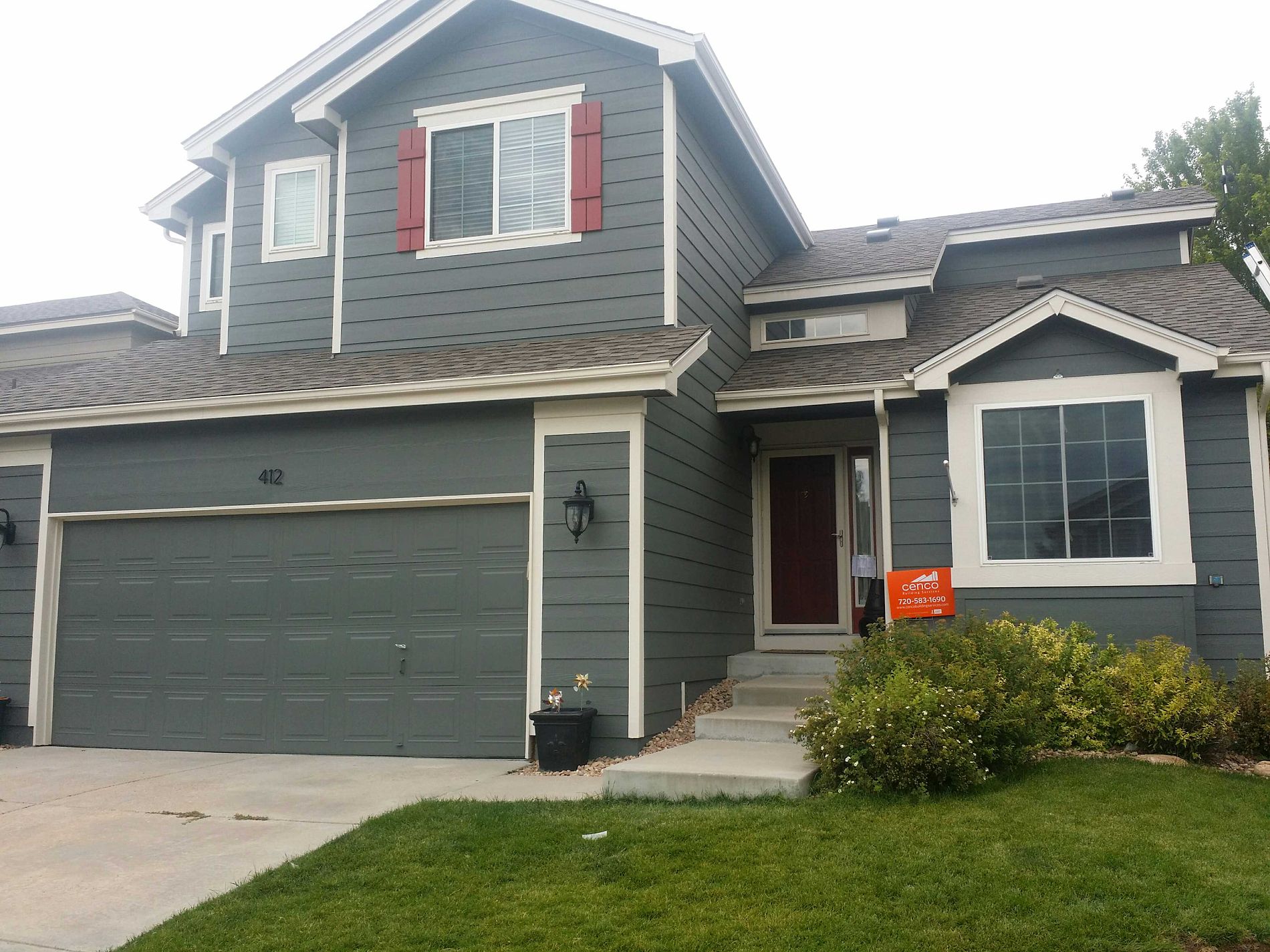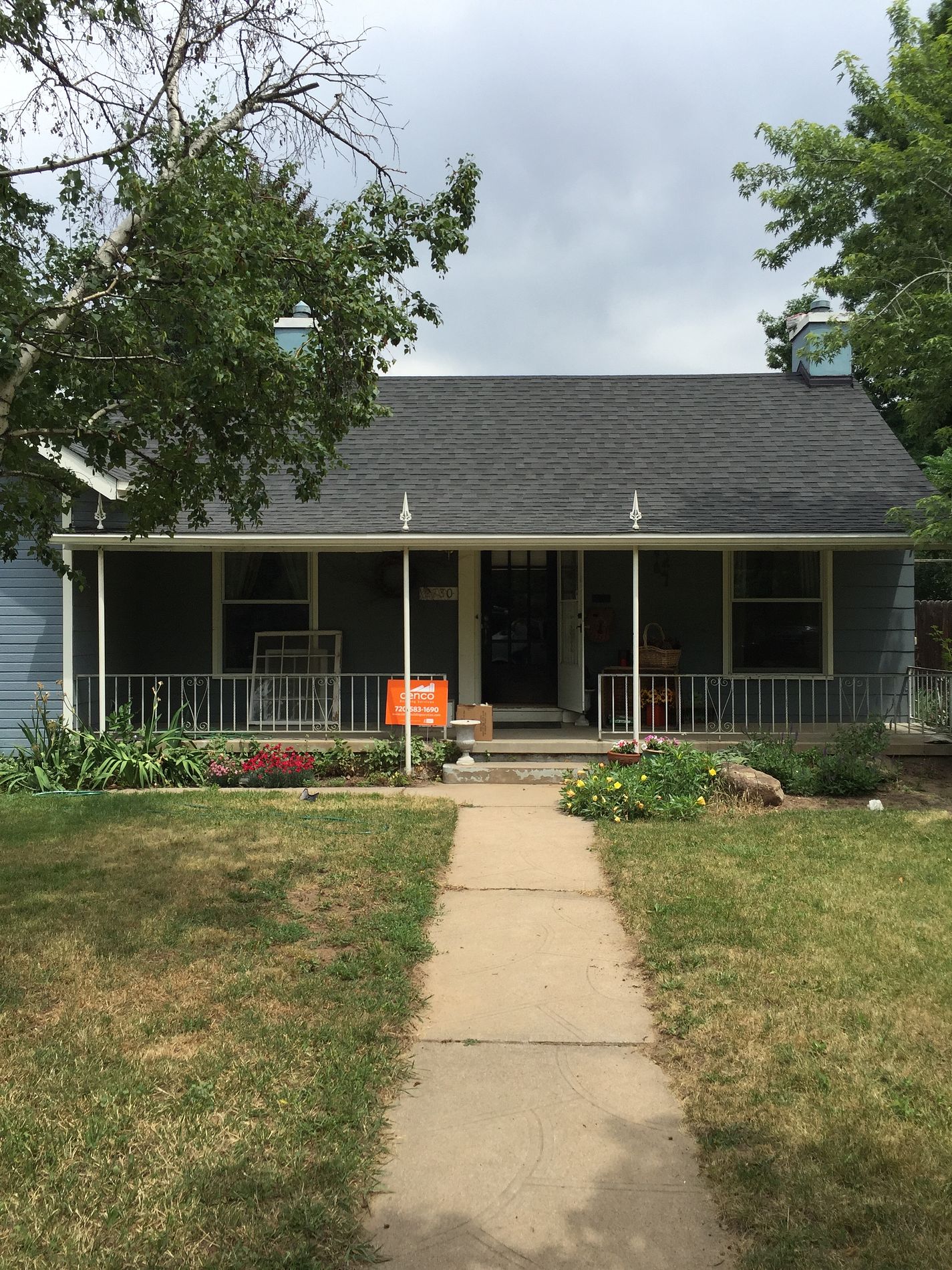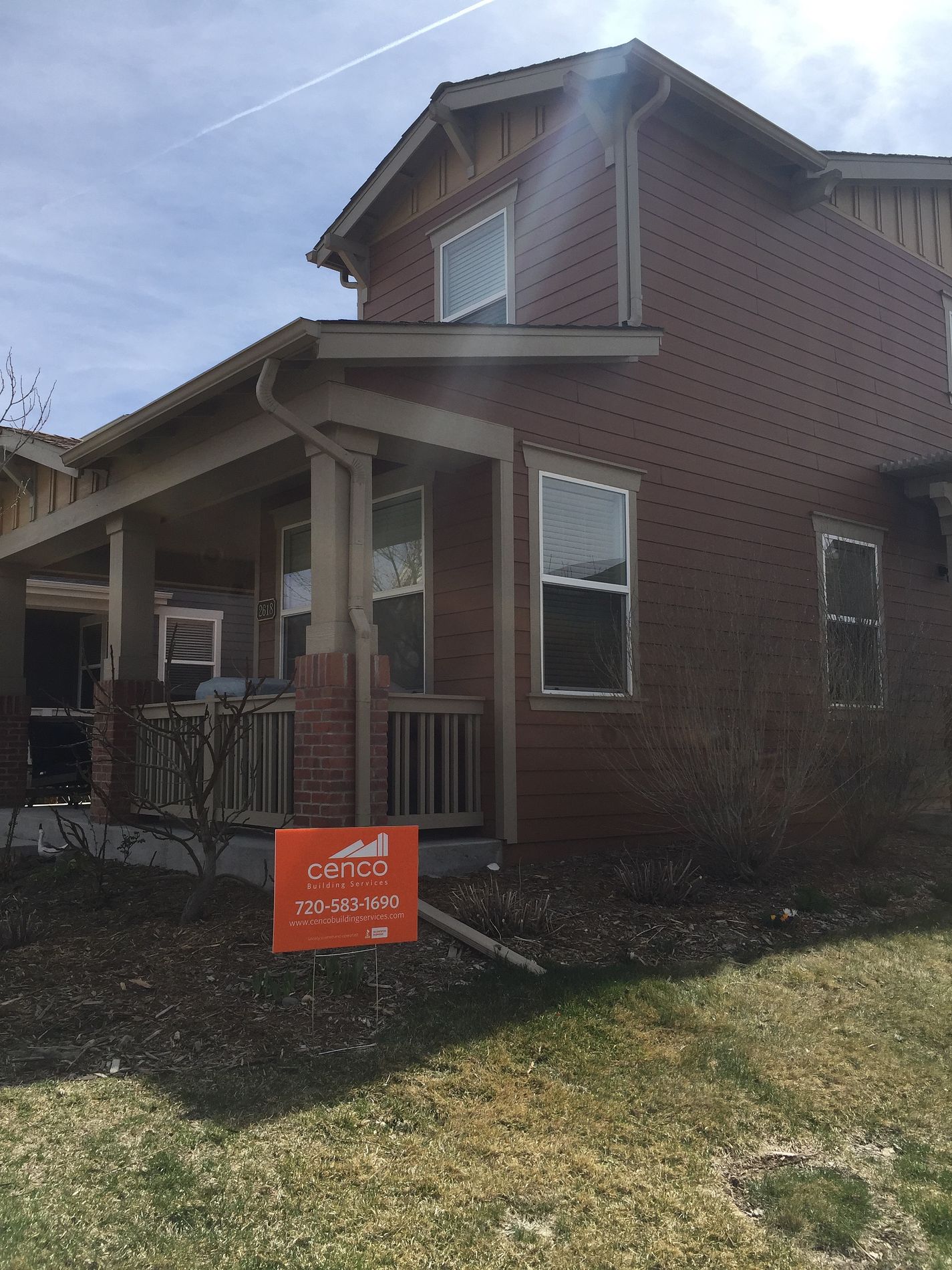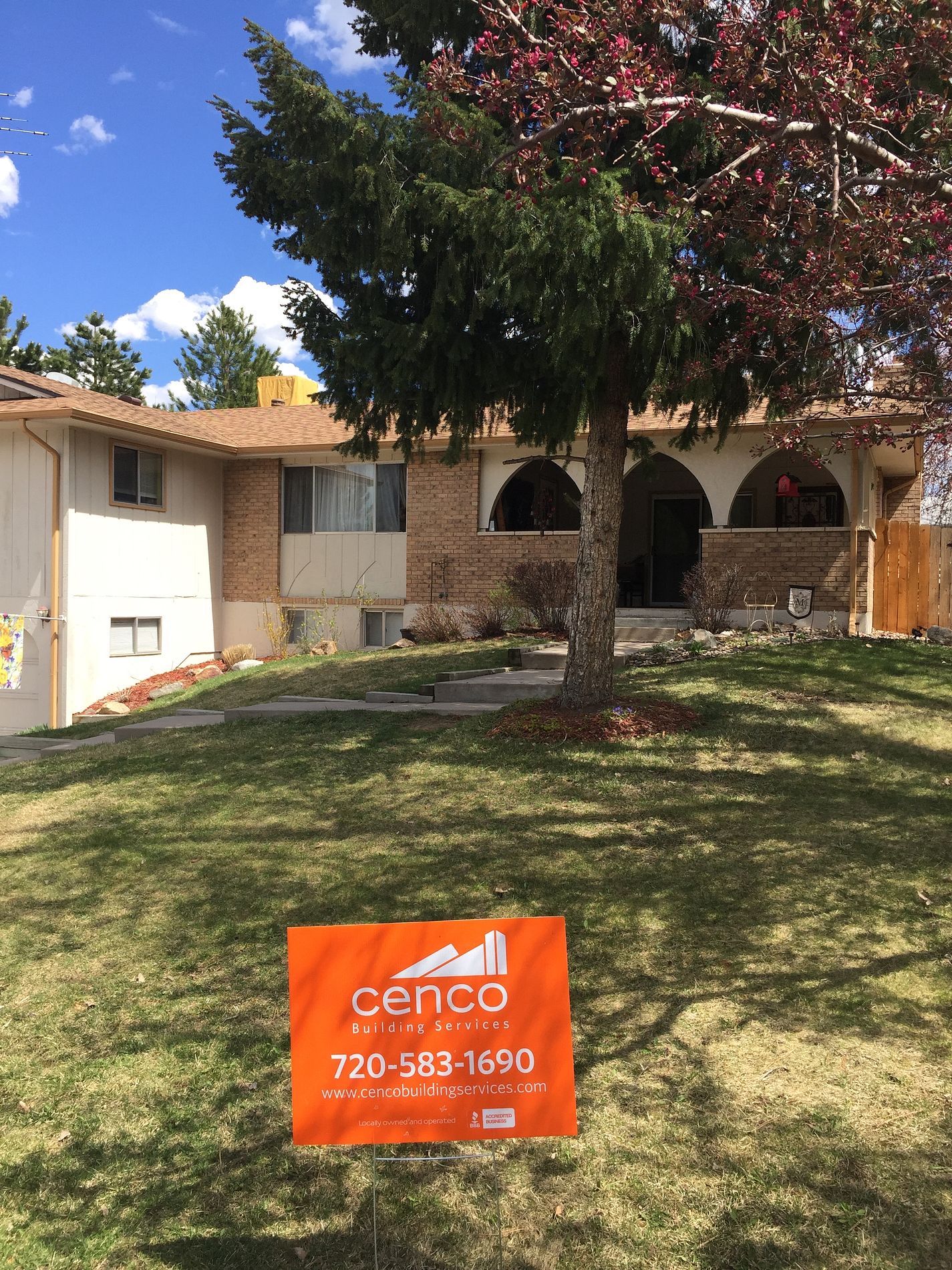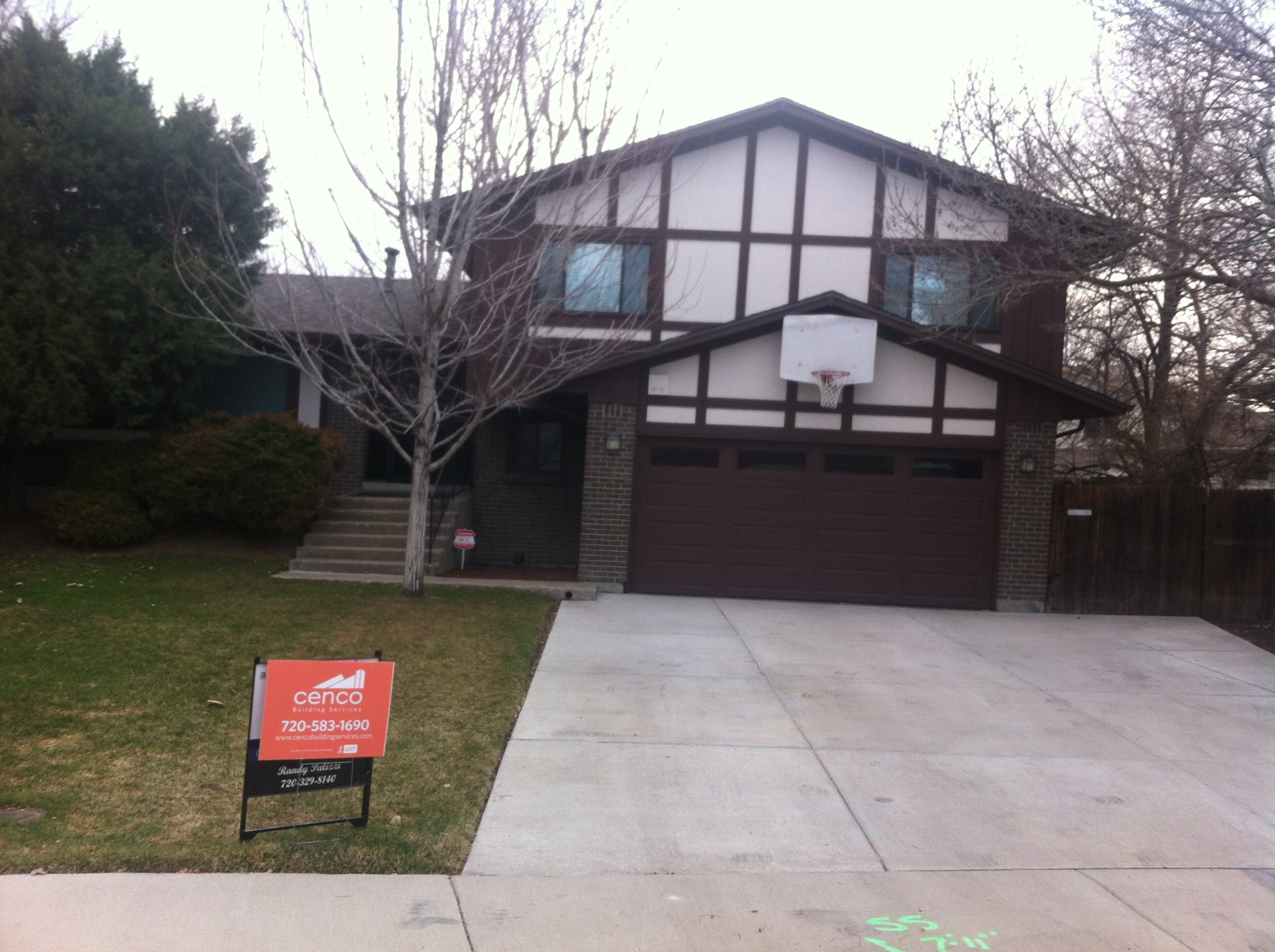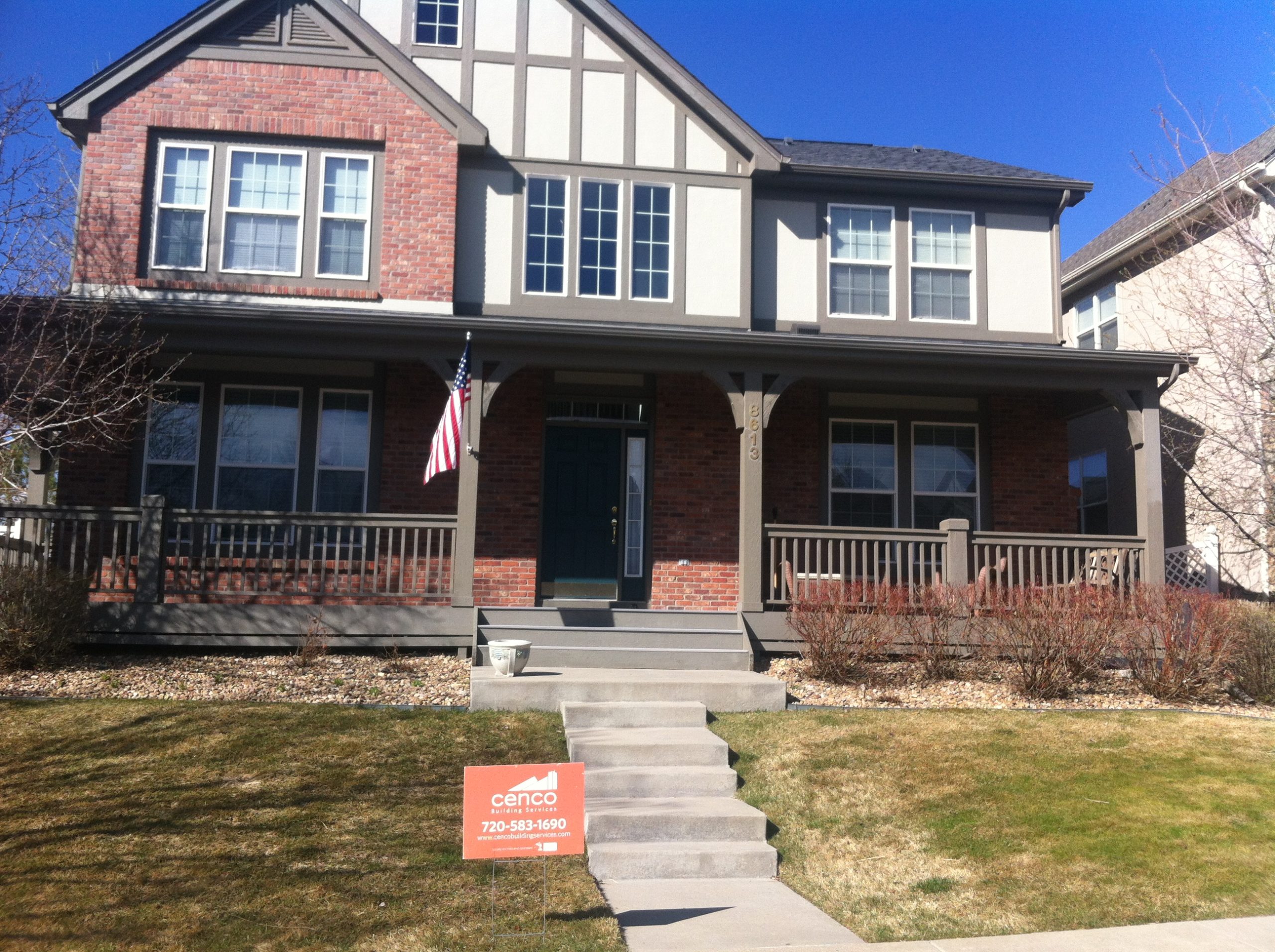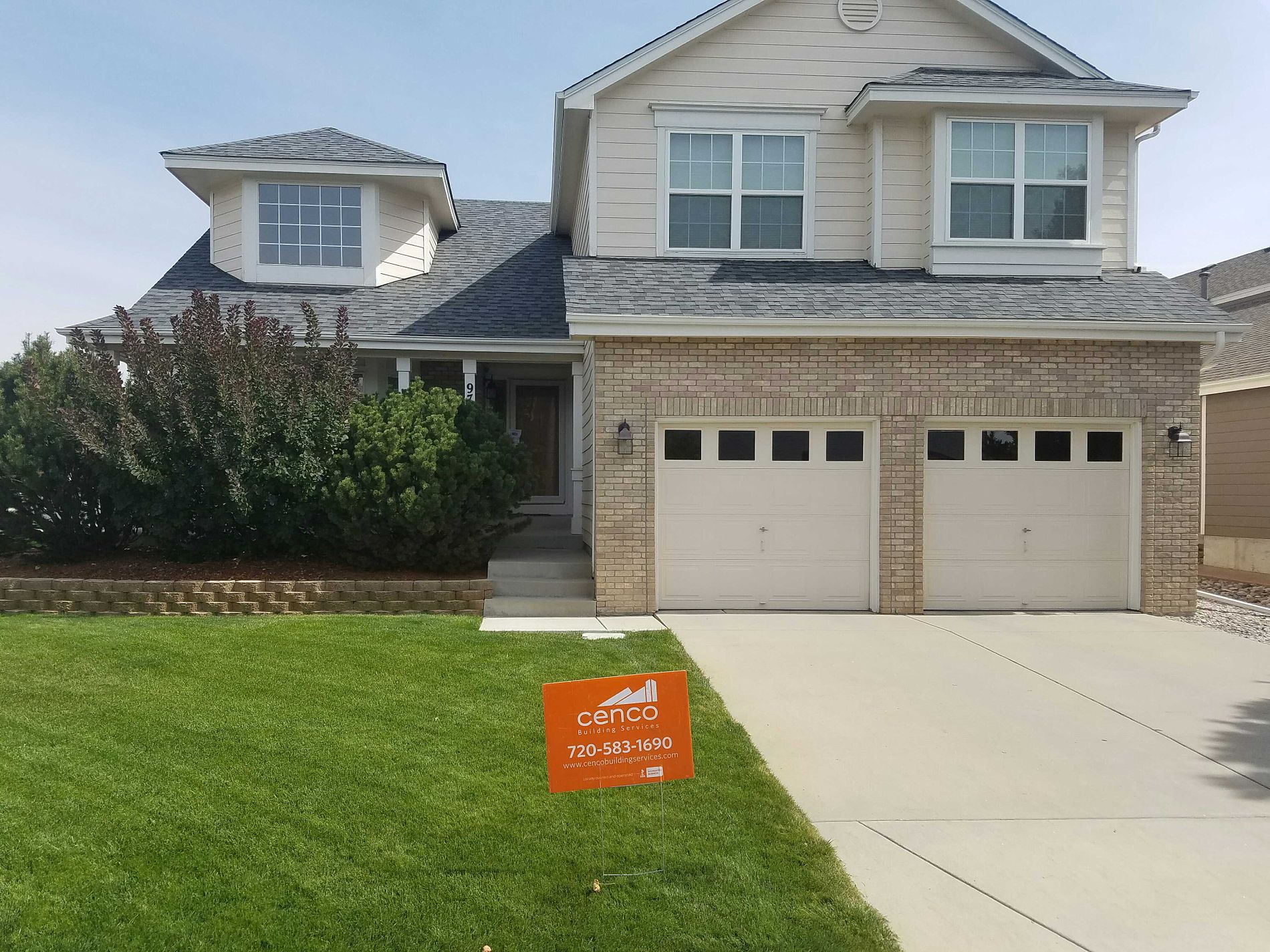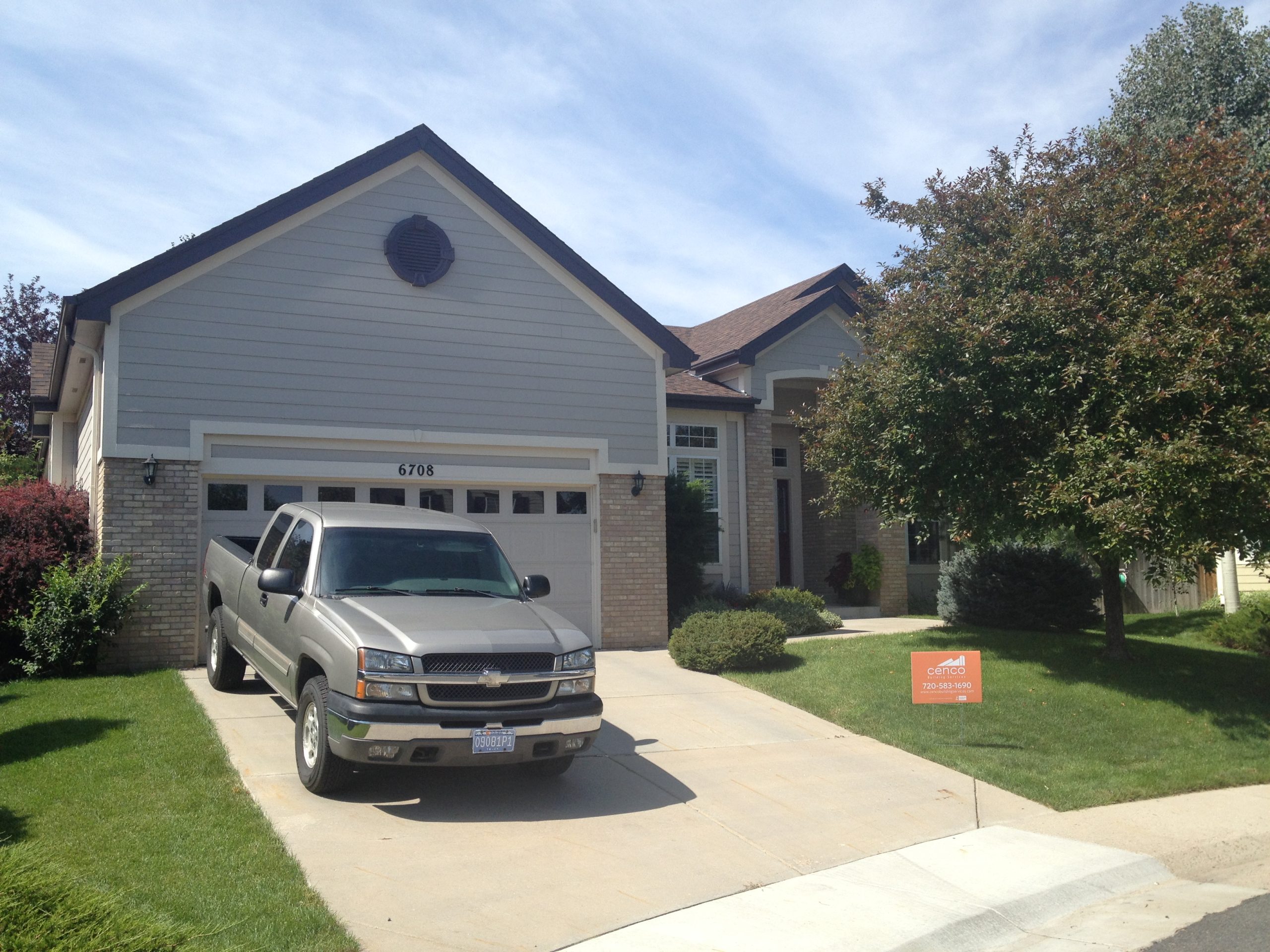Cenco Building Services is proud to give back to the community by continuing our participation in the Habitat for Humanity program, a worldwide charity organization committed to making low-income housing a reality for families all over the world. As a leading Denver roofing company, our family-owned, locally-owned business is excited to leverage our 17 years of industry experience to provide quality roofing construction and safe installation services through this program. Take a look at some of the details about this wonderful organization, our role in the project, and more about our company’s commitment to providing superior quality building services for all residents in Denver and the surrounding area through Habitat for Humanity this year.
About Habitat For Humanity
Habitat for Humanity is a global non-profit organization whose mission is to help provide affordable yet decent housing in low-income areas. By partnering with volunteers, companies, and other organizations, the company has grown to serve in more than 70 countries around the world. One of the fascinating features of this program is its reliance on volunteers and community involvement to realize the completion of the home being built. Building a house requires hard work and plenty of hands, and construction is completed with the help of volunteers. To ensure the safety of the new home construction, Humanity relies on experts like our team at Cenco Building Services to oversee the process and check that every aspect of construction is meeting proper codes and regulations. The future homeowners benefiting from the program also contribute to the building of their new home, which adds to the satisfaction of the process for everyone involved. The end result is the completion of the home and the satisfaction of having worked together to make someone’s dream a reality.
The Project
Our company has always been involved with Habitat for Humanity, through 2% donations that we give to the charity from our sales. This year, however, our team was excited to help out with the actual building process of the new home, located at 5057 Grand Street in Denver, Colorado, and to lend our professionalism and expertise towards the construction of the new home’s rooftop.
Our Process
The roof is arguably the most important part of the house next to the foundation itself. A well-built rooftop protects the home and shields it from the elements while providing excellent energy-efficiency and contributing to a comfortable indoor climate. For over 17 years, our expert building team at Cenco Building Services has gone above and beyond to provide expert roofing services and premium materials for our customers. Our goal is to install beautiful, long-lasting rooftops that endure through the harshest weather conditions, while making homes more energy-efficient and cost-effective in the long-run.
Contact Our Expert Team of Denver Roofers
If you’d like more information about our involvement in the Habitat for Humanity program this year, don’t hesitate to contact us to learn more about our team of top-rated Denver roofers. Give us a call to speak with a customer service representative from Cenco Building Services over the phone, or fill out our online form to request a free, in-home price quote for your upcoming roof replacement or installation now.
